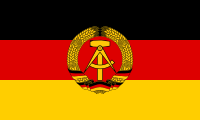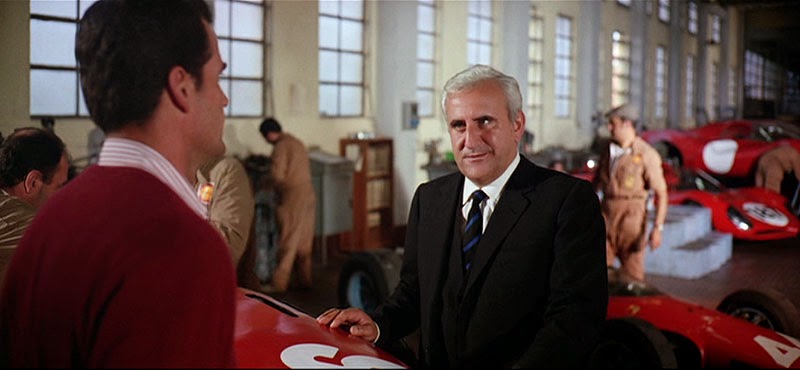Burning Bridges
Enviado de meu SM-G3502T usando Tapatalk
The last episode in the old version ..
Before recounting new adventures in the world of automobiles, I will make one final episode with the old game version. And for this one I decided to go full retard and crank all quality sliders to the max. To see how fast it would go.
For the engine I chose a 2,9L V6. A bigger engine would always be faster but there is a point where more power results only in miniscule increments in speed.
If there is something that I learned: we are going for Power To Weight Ratio. Everything else is just masturbation. Love it! But there is more to learn from reasonably sized engines and it's also much more fun.

With it's Formula 1 rated construction the engine is pretty much in a league of it's own: 479hp/424Nm at just 95.5 kg.
That's a PWR rating of ~ 5:1 for the engine. the 1970s designs with basic quality had 3:1 at best. Though the comparison is unfair, it still shows how much is possible if you don't restrain yourself in the cost area.
How much this engine costs? Well, let's say if you order 3 they are yours for 1 million in advance and 10 for 3 million with 2 million in advance. And each individual engine takes about 1 month to make.
La Masturbatione
The engine was then put in the latest Folgore model, which was also cranked up to +15 Quality in all screens (actually some screens like interior go at -15 to save weight but that's a technical issue).

Cost for the car is unknown as only 1 is built. It would not be under 1 million so fuck off. Originally it meant to become a gift to Gianluigi Buffon when he wins either the CL, World Championship or European Championship. But at this moment the Patrone still keeps it to himself, until Buffon goes to Cosmos New York and competes for the Copa America.
It is destined though to establish Folgore as the fastest car on the racetrack.

With a full set of aero front and aft and some suspension tuning the car finally did a whopping 1:51,38. We could have made it a bit faster still, but at the end pasta and wine ended the day. We are not a company run by motherfucking Tedescos but by true artists.
But whoohoo that's 19 seconds faster than the fastest car we have seen before!! Of course, they had 1970s tech and no +15 quality faggotry. But still this is fucking insane and could probably compete in the threads at automation.com.
In celebration the Comentatore had the national anthem and Vangelis played for a whole day from loudspeakers.
At the next day people asked him to stop. Va fan culo!
Whatever. This is the Final Table of the old version before we continue with the new UE4 version.

Folgore F1 is in a league of it's own, and the 1960 Folgore V12s are unparalleled in pure profit per car. Noteworthy contenders on the racetrack are the Popamol Turbo (best Turbo car I ever made), and a bit surprisingly, the desperate BRC Tornado with his small bore 3L V12. The 1976 Popamol Large V6 was also a surprisingly fortuitious design, as it made up for it's large piston volume with excellent torque at low rpm, and almost closed the gap to crazier designs like Turbos and V12s.
Also, there was not a lot of tech from the 1990s onwards. But we have great plans and ideas for that. We learned quite a bit in those years and believe it can be used in modern times.
Before recounting new adventures in the world of automobiles, I will make one final episode with the old game version. And for this one I decided to go full retard and crank all quality sliders to the max. To see how fast it would go.
For the engine I chose a 2,9L V6. A bigger engine would always be faster but there is a point where more power results only in miniscule increments in speed.
If there is something that I learned: we are going for Power To Weight Ratio. Everything else is just masturbation. Love it! But there is more to learn from reasonably sized engines and it's also much more fun.

With it's Formula 1 rated construction the engine is pretty much in a league of it's own: 479hp/424Nm at just 95.5 kg.
That's a PWR rating of ~ 5:1 for the engine. the 1970s designs with basic quality had 3:1 at best. Though the comparison is unfair, it still shows how much is possible if you don't restrain yourself in the cost area.
How much this engine costs? Well, let's say if you order 3 they are yours for 1 million in advance and 10 for 3 million with 2 million in advance. And each individual engine takes about 1 month to make.
La Masturbatione
The engine was then put in the latest Folgore model, which was also cranked up to +15 Quality in all screens (actually some screens like interior go at -15 to save weight but that's a technical issue).

Cost for the car is unknown as only 1 is built. It would not be under 1 million so fuck off. Originally it meant to become a gift to Gianluigi Buffon when he wins either the CL, World Championship or European Championship. But at this moment the Patrone still keeps it to himself, until Buffon goes to Cosmos New York and competes for the Copa America.
It is destined though to establish Folgore as the fastest car on the racetrack.

With a full set of aero front and aft and some suspension tuning the car finally did a whopping 1:51,38. We could have made it a bit faster still, but at the end pasta and wine ended the day. We are not a company run by motherfucking Tedescos but by true artists.
But whoohoo that's 19 seconds faster than the fastest car we have seen before!! Of course, they had 1970s tech and no +15 quality faggotry. But still this is fucking insane and could probably compete in the threads at automation.com.
In celebration the Comentatore had the national anthem and Vangelis played for a whole day from loudspeakers.
At the next day people asked him to stop. Va fan culo!
Whatever. This is the Final Table of the old version before we continue with the new UE4 version.

Folgore F1 is in a league of it's own, and the 1960 Folgore V12s are unparalleled in pure profit per car. Noteworthy contenders on the racetrack are the Popamol Turbo (best Turbo car I ever made), and a bit surprisingly, the desperate BRC Tornado with his small bore 3L V12. The 1976 Popamol Large V6 was also a surprisingly fortuitious design, as it made up for it's large piston volume with excellent torque at low rpm, and almost closed the gap to crazier designs like Turbos and V12s.
Also, there was not a lot of tech from the 1990s onwards. But we have great plans and ideas for that. We learned quite a bit in those years and believe it can be used in modern times.
Last edited:



















 ore drivability
ore drivability
























































